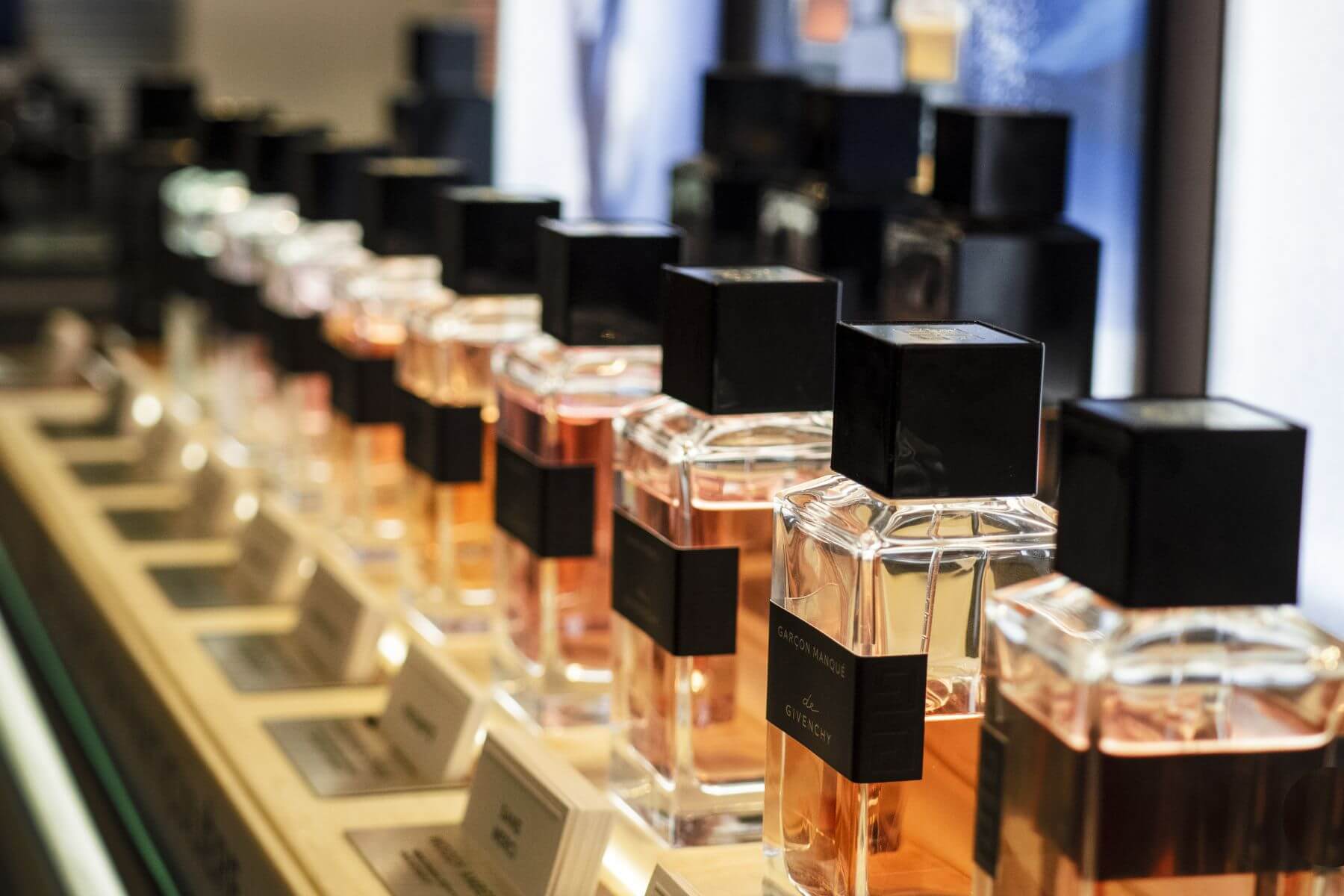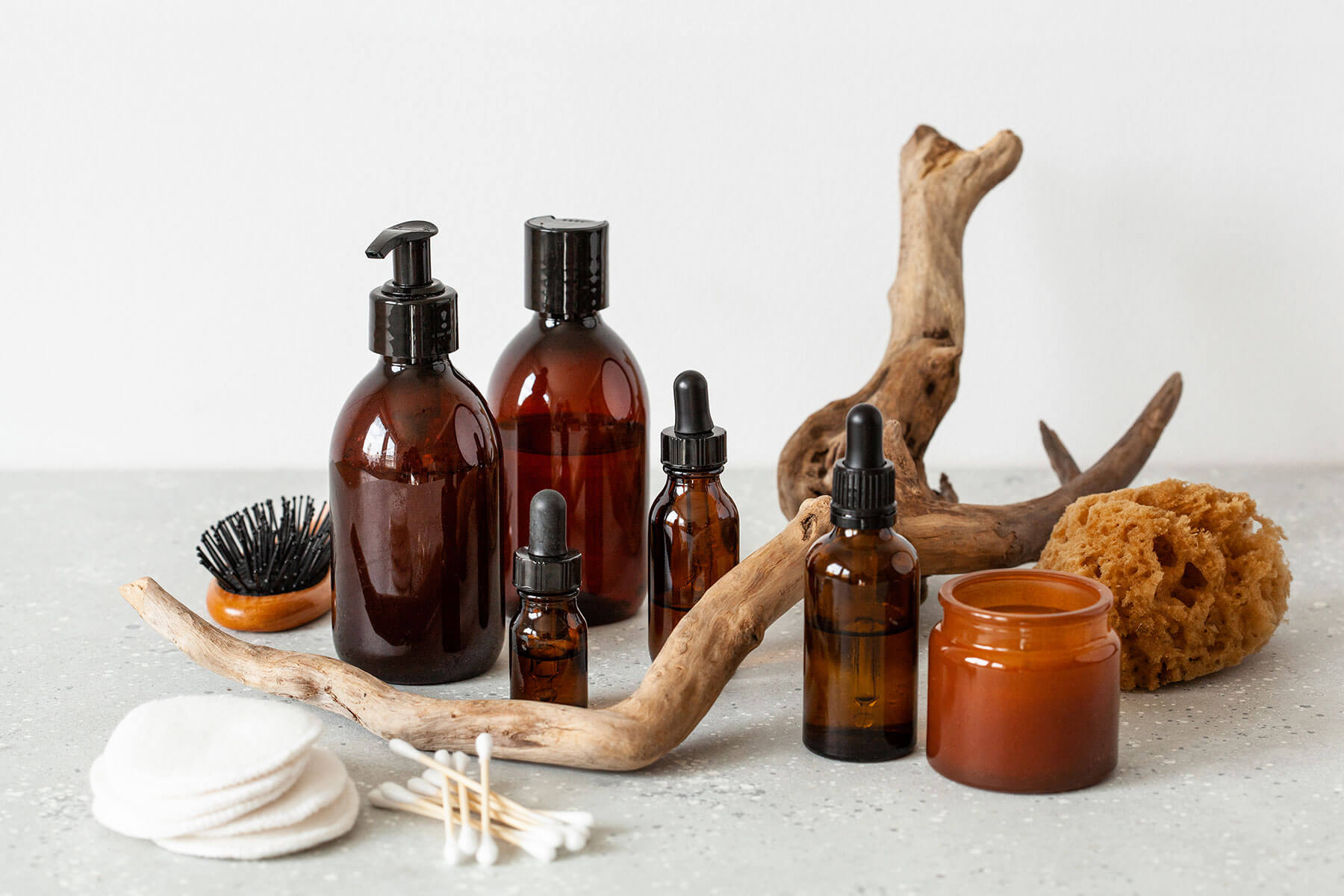When Charlotte Tilbury launched her Lip Cheat Lip Liner in 2013, no one could have predicted the stand-out success of one pinky-nude hue, Pillow Talk. It didn’t take long for the flattering shade to catapult to cult status, with one of the lip-defining pencils getting snapped up every 60 seconds. Recognising she had a power player on her hands, Tilbury turned Pillow Talk into a franchise, complete with blushers, eyeshadows, lipsticks, and a catchy advert theme tune. Now, Pillow Talk is more than a lip liner; it’s one of makeup’s greatest success stories – and testament to what can happen when you pay close attention to the colours your customers love.
Not all product shades will have Pillow Talk levels of purchase power, but it’s still important for every cosmetics brand to analyse performance at a colour level. It’s not just about identifying opportunities to form a franchise (although that is the dream for most brands). Tracking shades on the digital shelf is crucial for driving your brand and your sales forward. Here’s how…
1. To respond to high demand
Tracking stock at a shade level allows you to spot if a certain colour sells out faster; whether because it’s ultra-flattering, or due to an influx of media buzz. This is your cue to increase production of that particular hue, so shoppers aren’t faced with ‘out of stock’ signage, and encouraged to buy from a competitor. With this insight, you can also make retailers aware of a shade’s popularity, so they can adjust their product orders accordingly.
2. To understand consumer trends
Identifying consumer trends isn’t just about looking at the rest of the market. By turning your focus inwards, you can capitalise on your own brand successes. For example, if you notice that metallic eyeshadows sell out frequently, you can then develop similar shades, or recreate their favourite hues in a new formula. Equally, if a certain red lipstick regularly flies off the digital shelf, creating a matching lip liner could help to increase upselling. Tracking shades enables you to identify such trends, and understand your customers on a deeper level.
3. To identify discounts on shades
When retailers apply offers to colour cosmetics, they won’t always discount the full shade portfolio. It may be that they put a small collection of colours at a lower price level. By tracking shades, you can see where discounts may have been applied, then explore the reasons why. If it’s that certain hues are less popular, this can guide your future product development.
4. To benchmark against competitors
Competitor benchmarking is key to success across a range of activities, whether you’re monitoring media presence or negotiating advertising space with an etailer. When it comes to tracking cosmetics shades, it’s useful to look at product colours similar to your own, to see whether a discount has been applied or product page content (such as a compelling video) is driving its success. This helps to guide your own product strategy.
As a specialist beauty data provider, mmi is the only etail solution that allows you to track your colour cosmetics at a shade level. This granularity is crucial to propelling your existing portfolio, while refining future product development. Book a demo for this new feature to see how it can help.





